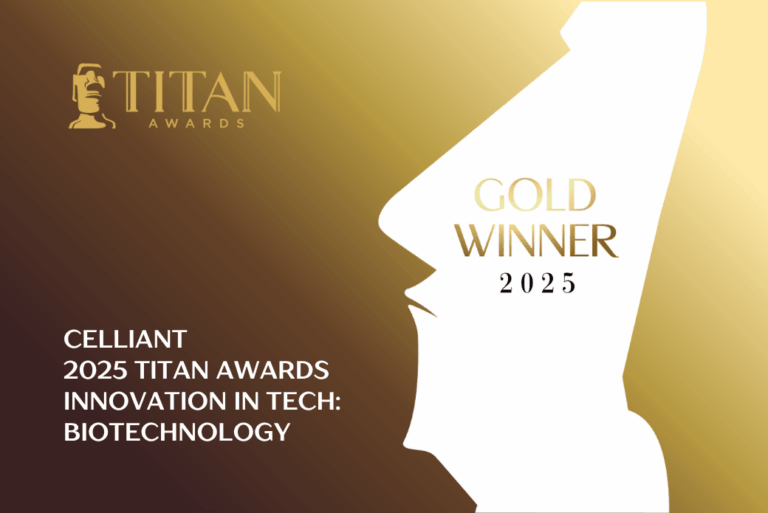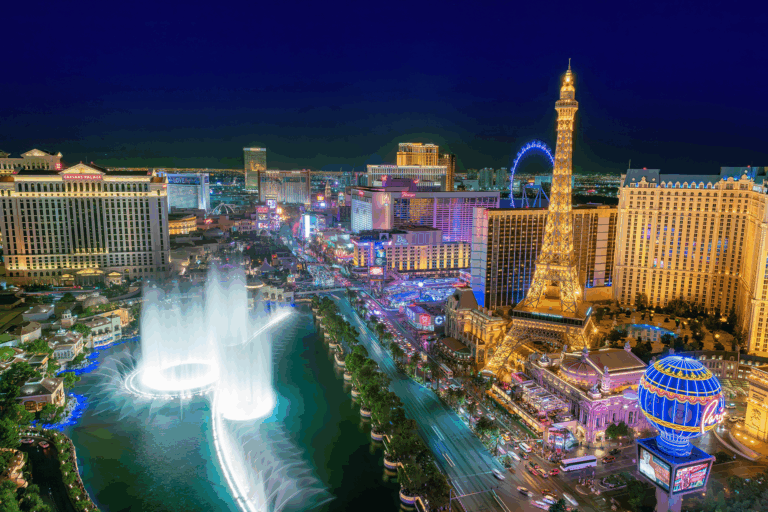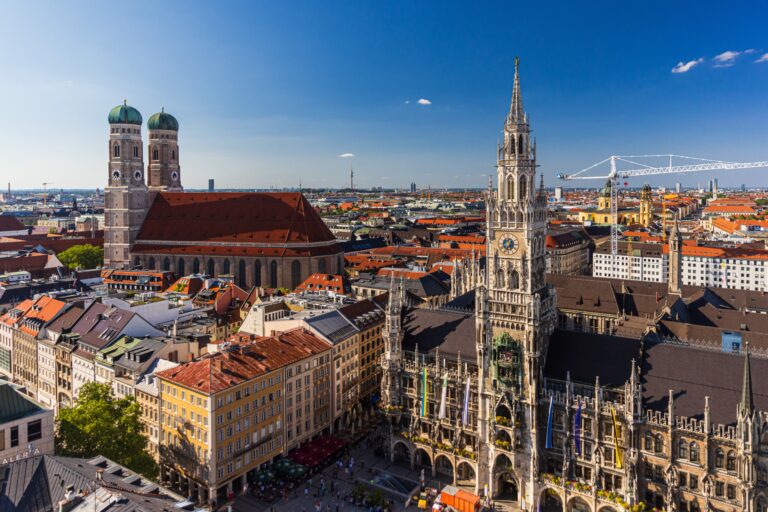
TITAN Award Announcement
October 14, 2025 – Hologenix, LLC, the inventors of CELLIANT® infrared technology, is proud to announce that we have been honored as a Gold Winner in the 2025 TITAN Innovation Awards in the category of…

Although the near future feels like a giant unknown, the future of work itself is at our fingertips. Imaginations are firing, and there’s frenzied speculation surrounding what the post-COVID-19 office could (and should) look like.
These possibilities stretch beyond what we might consider in office designs, and open floor plans and touchless devices are just the start of the practical innovations that await us. The office of the future is an advanced “wellness environment”—one that’s designed from the ground up to support and nurture its inhabitants.
So, what exactly is an office wellness environment, and how has that concept changed throughout COVID-19?
Of course, this pandemic has catalyzed our collective obsession with health, and wellness has become a holistic, shifting notion. Take the wellness environments mentioned above: Although this idea seems new and trendy, wellness as a concept actually dates back to ancient practices spanning across both Eastern and Western cultures. And more than just exercise and vegetables, wellness combines mental, physical and spiritual health.
Unsurprisingly, wellness has also become key when it comes to architecture and design. The challenge today is building environments that are both sustainable and sustaining. Designers need to combine art and science not only to suit individuals and teams, but also to keep their creations earth-friendly.
In fact, interest in employee wellness was growing even before the pandemic began. Players in the tech industry have led the way, prioritizing workplace satisfaction and healthy perks. They’ve realized that if they’re going to ask for a massive commitment of time and energy, they’re going to have to look after the humans keeping their business afloat. Case in point: Nestled within downtown Seattle is a mini rainforest biosphere used by Amazon employees needing to decompress.
In return, companies that invest in employee wellness are seeing a multifaceted return on that investment. It’s hard to quantify factors such as motivation, calm, and productivity—but it is paying off. And now, all kinds of companies are spotting the opportunity of this strange year to revolutionize their spaces for wellness.
In the same vein, active furniture can go one step further and encourage employees to move more. We understand that sedentary lifestyles deplete well-being, and simply introducing more movement into the day can help increase productivity.
2. Spoil employees with fabrics. Textiles are incredibly important for making a space feel good. Your carpets, curtains, coverings and upholstery literally surround you, and they can be instrumental in creating energy that flows back into your body and optimizes productivity.
The future of work might still be hazy—the crystal ball offering a murky snowscape—but there’s never been a better time to focus on designing a space that supports, soothes and reenergizes. It’s what we all need right now: to be in a place that feels good and safe.


October 14, 2025 – Hologenix, LLC, the inventors of CELLIANT® infrared technology, is proud to announce that we have been honored as a Gold Winner in the 2025 TITAN Innovation Awards in the category of…

October 3rd, 2025 – This year, CELLIANT is thrilled to be part of LongevityFest 2025, the premier event on health optimization and longevity medicine, offering excitement on-site in Booth #12062…

September 05, 2025 – Join CELLIANT at Booth G20 in Hall A1 at this fall’s Performance Days trade show to explore how CELLIANT helps transform everyday apparel into passive wellness tools…
To access all of our reports please input your email below.
Contact us at marketing@celliant.com
Thank you for your request. Please download the brochure below.
Sign up for the latest Celliant news and innovations.
REQUEST INFORMATION